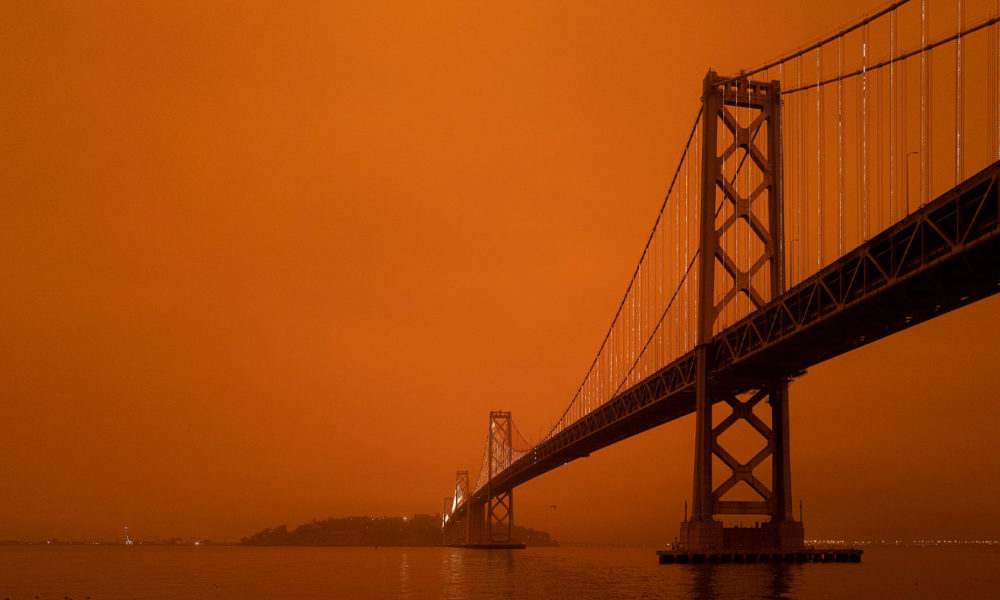A few months ago, some of my lovely colleagues in UCS’s Climate & Energy program organized a staff forum for telling our personal climate stories. Over the course of the meeting, I listened as colleagues and friends shared stories of why they do the work they do day after day, year after year despite the policy setbacks, the climate denial, and the frequently unbearable weight of knowing just what kind of a world we are sliding toward. Their stories of grandparents who passed down a love of nature and careers filled with unanticipated turns reminded me that there is strength in our numbers. That we are in this together.
The story I shared that day, the story below, is not one that buoys the heart. But it is an honest one. And my hope is that, in sharing it here, you’ll know that whoever you are and no matter your role in fighting the good fights, you’re not alone in feeling small or unsure that you’re doing it right. You are. Keep going.
With that, here’s my climate story:
Witnessing the change of seasons in San Francisco requires a careful eye and knowing where to look. You’ll know it’s summer when you’re facing west toward big stands of eucalyptus and cypress at the far end of Golden Gate Park in the late afternoon and streams of fog are pouring toward you off the ocean. You’ll know it’s fall when the color of the sky bursts out of its usual summer greyscale for days of blue on blue on blue. And you can gauge the state of the drought by the color contrast between the Golden Gate Bridge and the hillsides beyond: red-green? or red-brown?
Wildfire season, though, creeps up slowly. It inches forward, upward with each dry winter day. Like Voldemort, it slowly comes into its own body while you’re trying to mentally transfigure the dry cliffs you’re seeing on your hike into the waterfalls they should be.
During the summer of 2020, the slow build of wildfire season hit an inflection point when a lightning siege descended on northern California. That night, we all woke up. At 3 am, our kids came into our bed and we watched as bolt after bolt of lightning coursed through the sky. I remembered being a kid, watching through my bedroom window as thunderstorms made the towering oaks in our backyard sway in the wind. But unlike the storms of my childhood in the Midwest, this one came with no rain, only fire. Northern California experienced 12,000 lightning strikes that night. In the months that followed, some of California’s biggest wildfires ever blazed across the state, and for hundreds of miles the air was choked with smoke.
My kids have endured days, up to a week at a time of not leaving the house because of smoke. It’s terrifying to think about what their little lungs might be breathing in. My husband and I have shed tears driving through the burned forests of Yosemite. I’ve been shaken, have cried, have realized that what is a few weeks or a season for me is a lifetime, every day for people living in the toxic air of Beijing, Mumbai.
I came to climate work because I wanted to understand the world around me. Decades later, I feel so acutely that I’ve failed. I’ve failed to see the real problem: it’s not the world, it’s people we have to understand. If I’d seen that then, if I’d tried to operate in that space however many years ago, maybe that storm I watched with my kids wouldn’t have set their world on fire.

